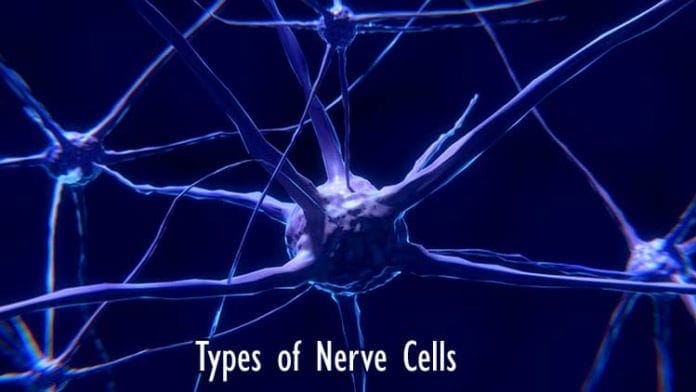
The Nervous System is a network of interconnecting structures called neurons that also comprises of the brain and spinal cord. A plethora of different cells regulate and control the functions of the nervous system.
There are two major types of cells in the nervous system – Neuron cells and Glial cells
Table of Contents
What is a Neuron?
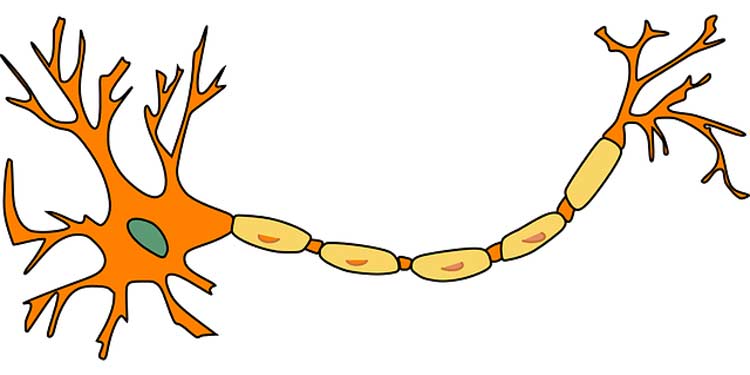
The neuron is the basic functional unit of the nervous system. It is the structural unit of the nerve cell and comprises a single large cell with extensions called dendrites and axons.
- The axons carry stimulus or signals away from the cell towards the muscle or organ that is to be affected.
- The dendrites, on the other hand, bring signals or stimuli toward the cell body from an organ or tissue affector.
- Neurons can generate electrical signals called action potentials, which help them carry messages across vast distances within milliseconds. This process is known as synaptic transmission.
- Neurons are found throughout the nervous system and innervate every other organ system of the human body.
- They help in the control and coordination of the human body as well as generate responses to stimuli and the environment.

![]()
Types of Neurons by Functions
In the human body, neurons exist in the spinal cord and the brain. The types of neurons in the brain are very complex and yet to be scientifically classified. However, the types of neurons in the spinal cord are easily distinguishable based on their functions.
In the spinal cord, there are three major types of neurons:
1. Sensory Neurons
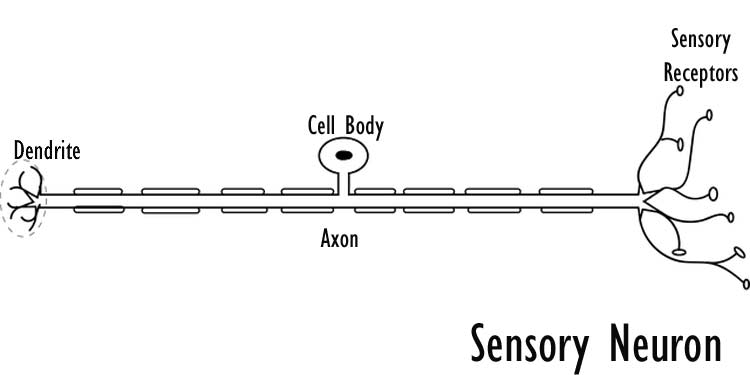
The sensory neurons get activated from the external stimulations such as touching a hot surface or hearing music or a chemical reaction.
- Once activated, the sensory neurons transmit the electrical impulses to the rest of the Central Nervous System (CNS) about the newly perceived information for processing.
- The majority of sensory neurons are pseudounipolar, meaning they have one axon divided into two branches.
![]()
2. Motor Neurons
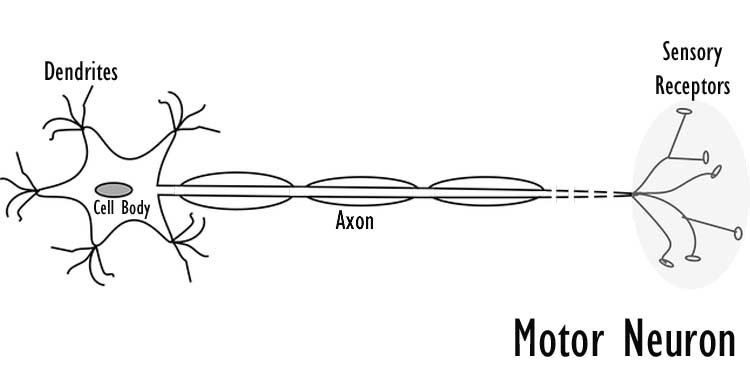
The neurons send impulses from the spinal cord to skeletal and smooth muscles (as in the stomach, bladder, and other internal organs), and thus directly control all of the muscle movements.
- There are two kinds of motor neurons: lower motor and upper motor neurons.
- The lower motor neurons transmit impulses from the spinal cord to the brain.
- The upper motor neurons transmit impulses from the brain to the spinal cord.
- Motor neurons are multipolar, which means one axon and multiple dendrites.
![]()
3. Interneurons
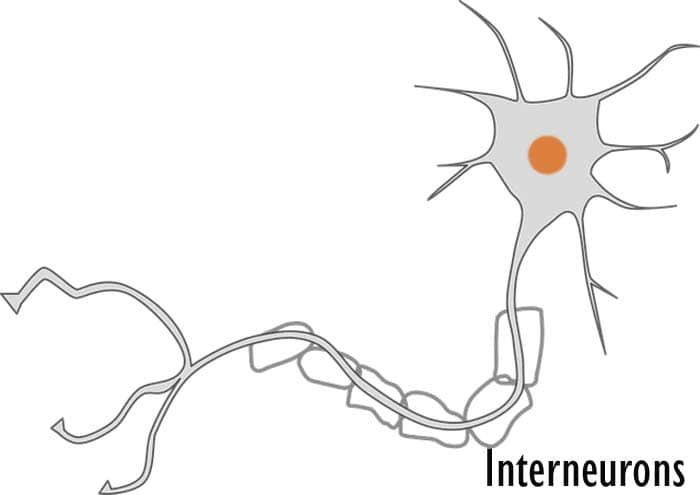
The interneurons are the mediators between the sensory neurons and the motor neurons to bridge the communication chain. Interneurons are also multipolar similar to motor neurons.
![]()
Types of Neurons by Shapes
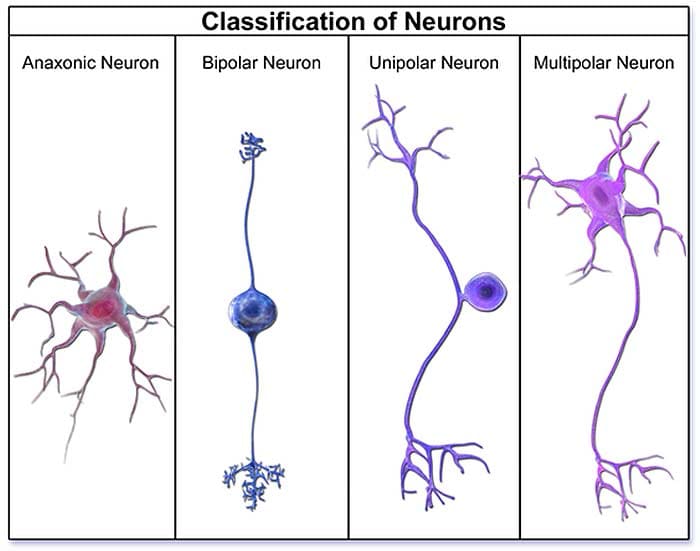
Based on shapes, neurons are classified into five types namely Unipolar neurons, Bipolar neurons, Pseudounipolar neurons, Anaxonic neurons, and Multipolar neurons.
1. Unipolar Neurons
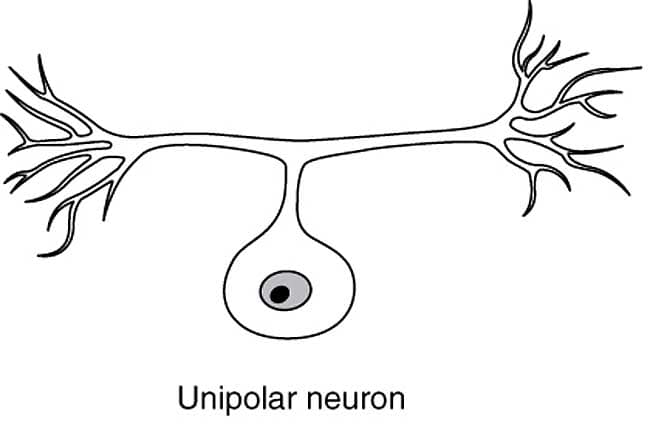
This type of neurons are the principal neurons in insects. These neurons have one axon and two dendrites. These neurons are sensory neurons that help in the transmission of impulses throughout the CNS. In humans, unipolar neurons are found in the retina of the eye, ganglia of the vestibulocochlear nerve, and so on.
![]()
2. Bipolar Neurons
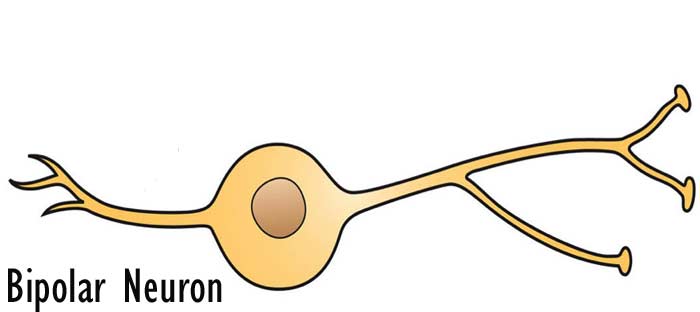
Bipolar neurons have an axon and dendrites. Axon transmits the signals from the cell body to the brain and the spinal cord. Dendrites transmit signals from the body organs, such as the nose, ears, and eyes, to the cell body. So bipolar neurons are mostly found in the sensory pathways for smell, taste, hearing, and sight.
![]()
3. Pseudounipolar Neurons
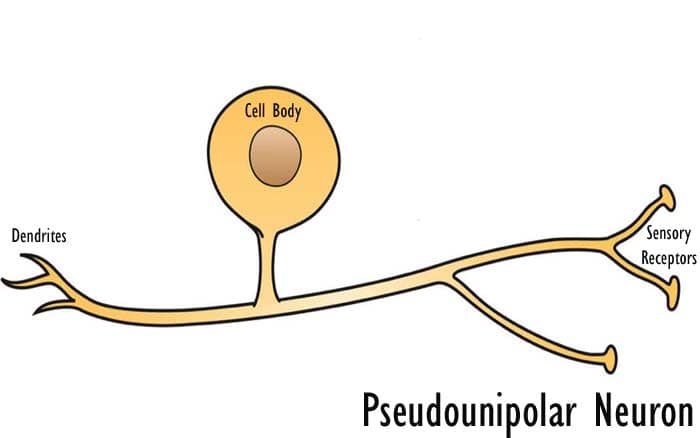
Pseudounipolar neurons have an axon but no true dendrites. However, pseudounipolar neurons are considered a variant of bipolar neurons. They are called pseudo because the single axon attached to the cell body moves in two opposite directions (One connected with the muscle, joints, and skin, and the other towards the spinal cord). Pseudounipolar neurons are the big players in transmitting the sense of pain, pressure, or even touch.
![]()
4. Anaxonic Neurons
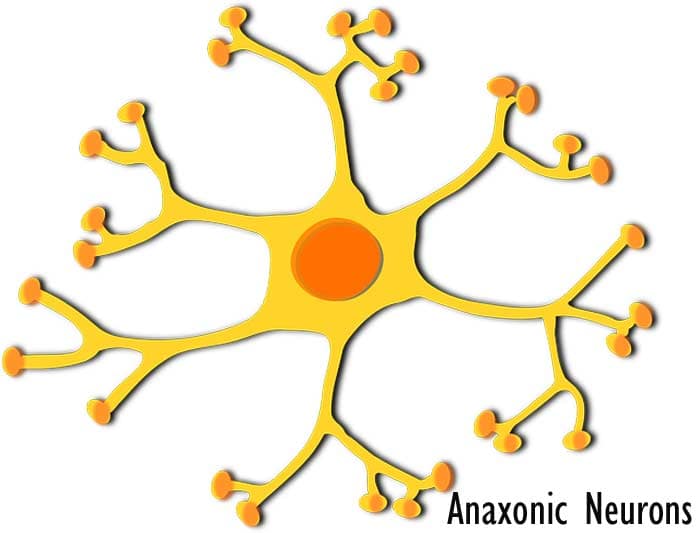
An anaxonic neuron is a neuron where the axon cannot be distinguished from the dendrites. According to recent discoveries, scientists claim that neurons have no axons and only dendrites. These neurons are found in the brain and the retina. Interestingly, they are also found in invertebrates. Anaxonic neurons act as non-spiking interneurons.
![]()
5. Multipolar Neurons
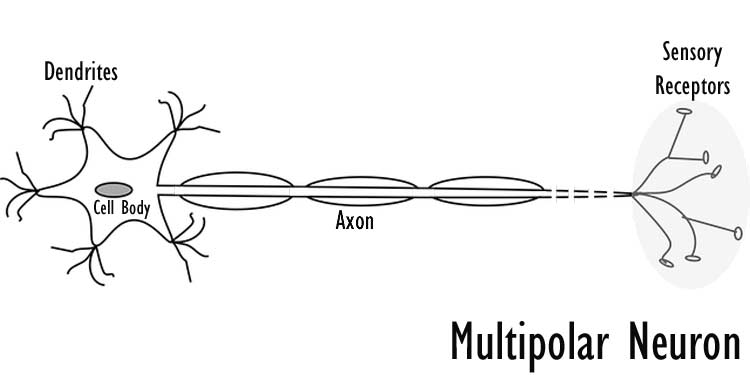
Multipolar neurons are abundant in number within vertebrates such as humans. Each neuron has a cell body, a long axon, and short dendrites. They are found in the brain, spinal cord (CNS), and autonomic ganglia.
![]()
What are Glial Cells?
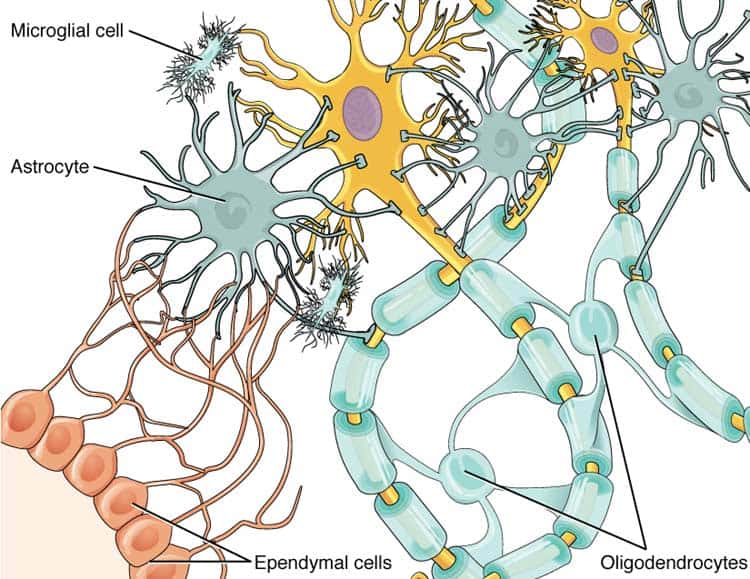
Glial cells are essentially supporting cells that aid in the maintenance and function of the neurons. Compared to neurons, glial cells are more abundant in number in the human body.
- There are different glial cells in the nervous system, such as astrocytes, Ependymal cells, oligodendrocytes, microglia, and Schwann cells. These cells are found in different parts of the nervous system.
- The first three types of cells are found in the central nervous system, and Schwann cells are found in the peripheral nervous system.
![]()
Ependymal cells
The ependyma is composed of ependymal cells known as ependymocytes, which is a type of glial cell. These cells line the cerebrospinal fluid (CSF) filled ventricles in the brain and the central canal of the spinal cord. These are nervous tissue cells with a ciliated simple columnar shape similar to some mucosal epithelial cells.
![]()
Astrocytes
Astrocytes are the most abundant type of nerve cells in the body. Astrocytes are mainly involved in controlling the blood flow to the brain and maintaining electrical connectivity at the synapse or neuronal junction to ensure proper transmission of electrical impulses.
![]()
Microglia
Microglia act as immune cells called macrophages and remove any dead cells of debris in the nervous system.
![]()
Oligodendrocytes and Schwann cells
These are found in different locations in the nervous system but share similar functions. They are involved in producing a substance known as Myelin that forms a covering around the axon for its protection.
![]()
Nerve Cell Functions
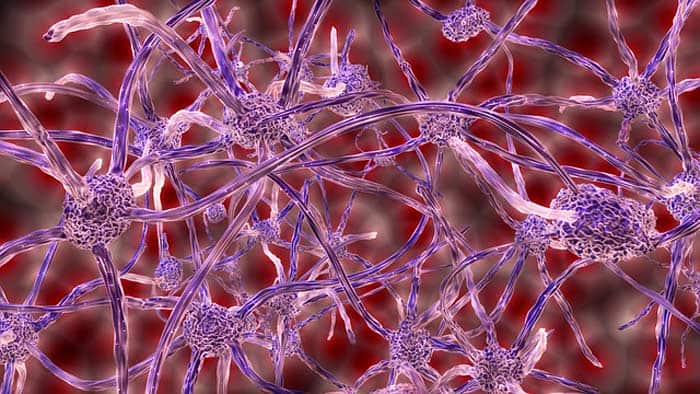
The principal function of nerve cells is to generate the electric nerve impulses, process, transmit and receive them between various organs. They carry these nerve signals from one part of the body to another part of the body.
- In layperson’s terms, nerve cells receive impulses or signals (chemical ions) from other nerve cells via their dendrites.
- Then, the signal passes through the cell body (aka soma), onto the axon, and towards the axon terminal (a long thin part of a neuron).
- These neurotransmitters (or electrical charge) pass through a tiny gap called a Synapse and are then received by a dendrite of the neighboring nerve cell.
- Then it continues to the next nerve cell in a loop until they reach the final destination – the brain.
- All these steps involuntarily happen in a nanosecond fraction (such as touching fire or ice, seeing the light, and hearing a sound or any external stimulations).
![]()






















